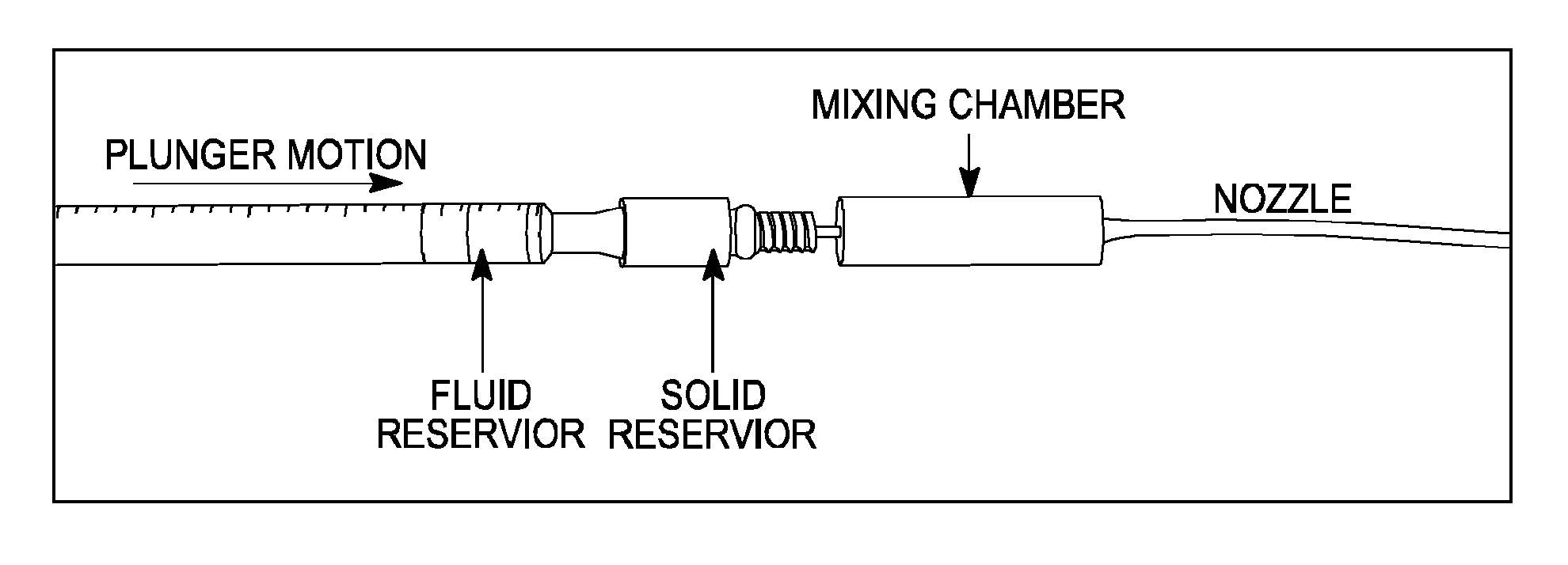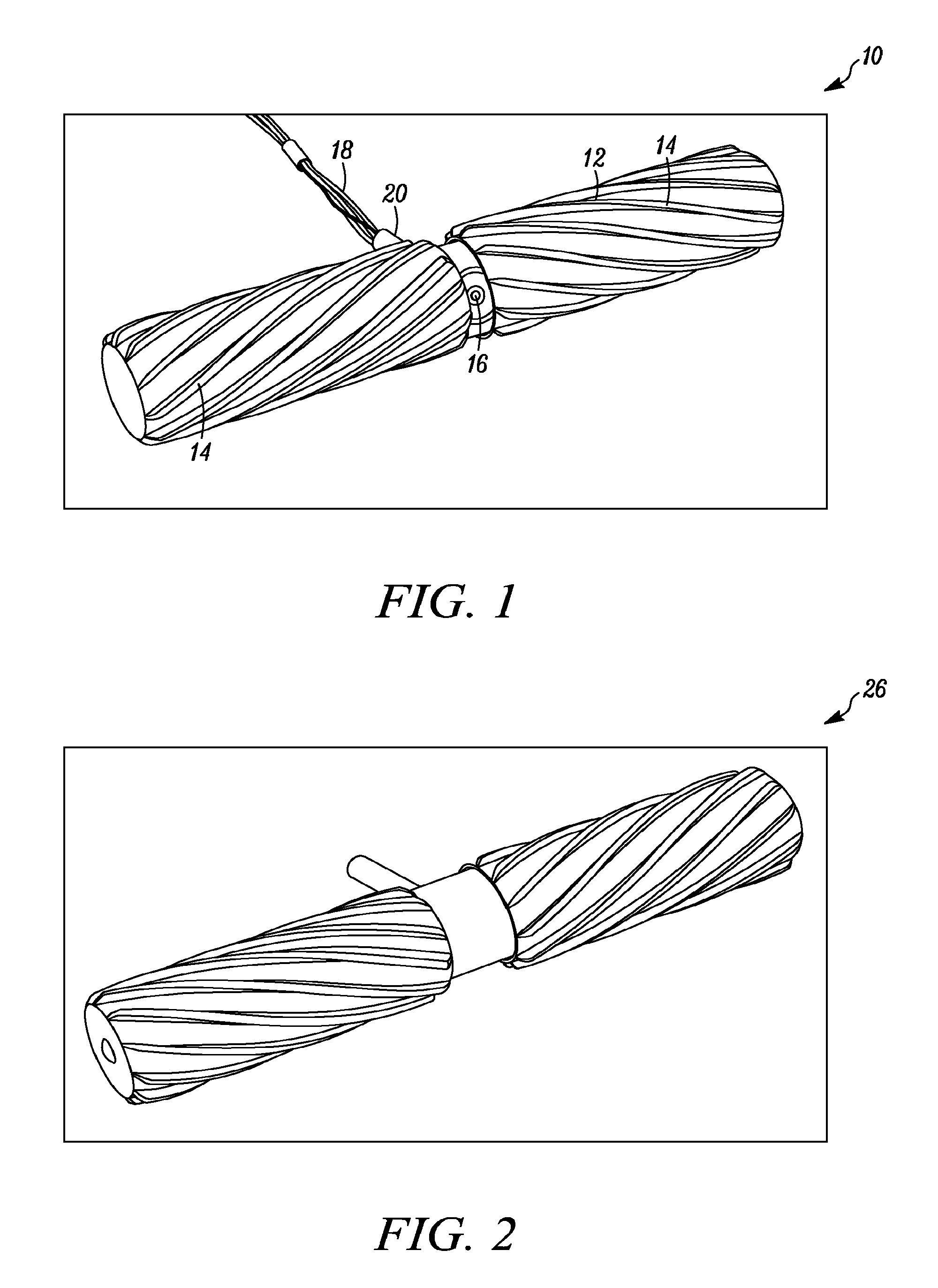Robotic devices with agent delivery components and related methods
a robot device and component technology, applied in the field of robot devices, can solve the problems of limited scope and complexity of known laparoscopy technologies, the range of motion of surgeons, and the complexity of surgical procedures being performed
- Summary
- Abstract
- Description
- Claims
- Application Information
AI Technical Summary
Benefits of technology
Problems solved by technology
Method used
Image
Examples
example 1
[0180]This example is an examination biopsy tool design for a mobile robotic device. The device should produce sufficient clamping and drawbar forces to biopsy porcine tissue.
[0181]To examine clamping and drawbar forces used during a biopsy, experimental biopsies were conducted. A biopsy forceps device that is commonly used for tissue sampling during esophago-gastroduodenoscopy (EGD) and colonoscopies was modified to measure cutting forces during tissue biopsy. These forceps 280, shown schematically in FIG. 17A, were composed of a grasper 282 on the distal end with a handle / lever system 284 on the proximal end. A flexible tube 286 was affixed to one side of the handle 284 and the other end was attached to the fulcrum point 288 of the biopsy grasper 282. A wire 290 enclosed in plastic (Teflon®) inside tube 286 was used to actuate the grasper 282. This wire 290 was affixed to the free end of the handle lever 284 and at the other end to the end of the grasper lever arm 292. Actuation o...
example 2
[0198]A laboratory two-component drug delivery system is shown in FIG. 23 that incorporates two drug storage reservoirs. The fluid reservoir, adapted from a standard syringe, is used to hold a drug component in liquid form. The solid reservoir stores a second drug component in powdered form. As force is applied to the plunger, the liquid component flows through the reservoir holding the solid component. A partially mixed solution then flows into a chamber where the mixing process is completed. The activated compound then flows through the delivery nozzle to the targeted site.
[0199]The ability of this system to adequately mix liquid and solid components of a drug was evaluated in a series of bench top experiments. The liquid and solid drug components were simulated using commonly available materials (e.g., corn starch, dyed saline solution, etc). One visual metric of mixing efficiency is the color uniformity of the mixture as determined by measuring the RGB color components of the mi...
PUM
 Login to View More
Login to View More Abstract
Description
Claims
Application Information
 Login to View More
Login to View More - R&D
- Intellectual Property
- Life Sciences
- Materials
- Tech Scout
- Unparalleled Data Quality
- Higher Quality Content
- 60% Fewer Hallucinations
Browse by: Latest US Patents, China's latest patents, Technical Efficacy Thesaurus, Application Domain, Technology Topic, Popular Technical Reports.
© 2025 PatSnap. All rights reserved.Legal|Privacy policy|Modern Slavery Act Transparency Statement|Sitemap|About US| Contact US: help@patsnap.com



